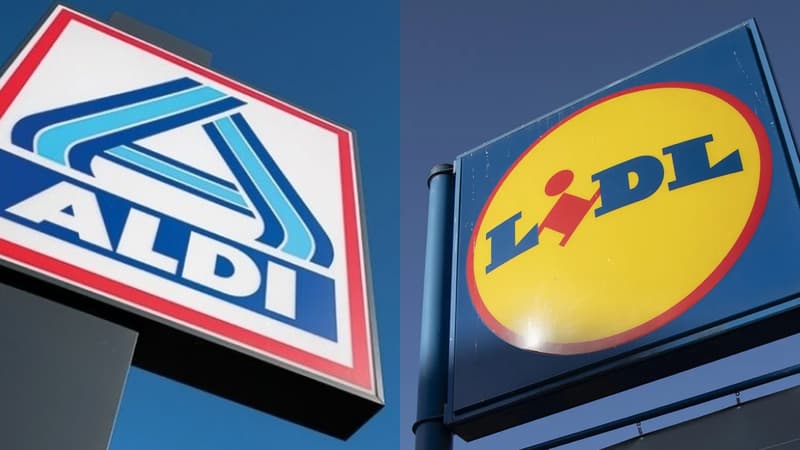The more expensive it is, the more it sells? This is the seeming paradox of discount brands since the beginning of the inflationary surge in mass distribution. Lidl and Aldi are, indeed, the two brands that have been doing well for a few months.
During the P9 period (the month of August), the two discounters recorded, according to Kantar, the largest gains in market share. +0.3 points for Lidl to 7.8% market share in all food distribution. Same gain for its competitor Aldi which reached 2.7% in the period.
As a reminder, Michel Biero, head of Lidl in France, assures that in 2021 his brand attracted 1 million new customers and another 400,000 in the first part of 2022.
The second continues its advance in France with 440,000 new clients during the period according to Kantar.
+8.7% in August
If these signs are the great winners (with E. Leclerc) of this inflationary period, they are also the ones that suffer the most. In August, when inflation reached 7.9% in all major distribution channels, the so-called dominant own brands (category that includes Aldi and Lidl) suffered the largest increase. A stronger increase that is explained by the greater weight of raw materials in the final price of private label products than in those of large brands. According to Iri, the average price increase reached 8.7% in these brands compared to 7.95% in supermarkets and 7.7% in hypermarkets.
How to explain such an attraction to the brands most prone to inflation? In the first place, because even with a more sustained increase, the prices of the discount brands continue to be, in general, more advantageous than those of the big supermarket brands. This is also confirmed by the monthly Kantar study, which places Lidl, Aldi and E. Leclerc on the podium of the price image of brands, that is, those that consumers consider cheaper.
Another explanation for this “spillover” from traditional brands to discount stores can be found in the evolution of prices by product category. If, indeed, prices at Carrefour, Auchan and other Intermarché generally rise less than at Lidl and Aldi, it is mainly thanks to the national brands. The latter increased “only” 6.8% in August.
On the contrary, classic private label (+10.7%) and especially first prices (+12.9%) shone much more than products sold in discount stores. Less affluent customers who overconsumed these low-cost products therefore suffered more from price increases than discount customers. Hence this growing attraction to this circuit in recent months.
Source: BFM TV


